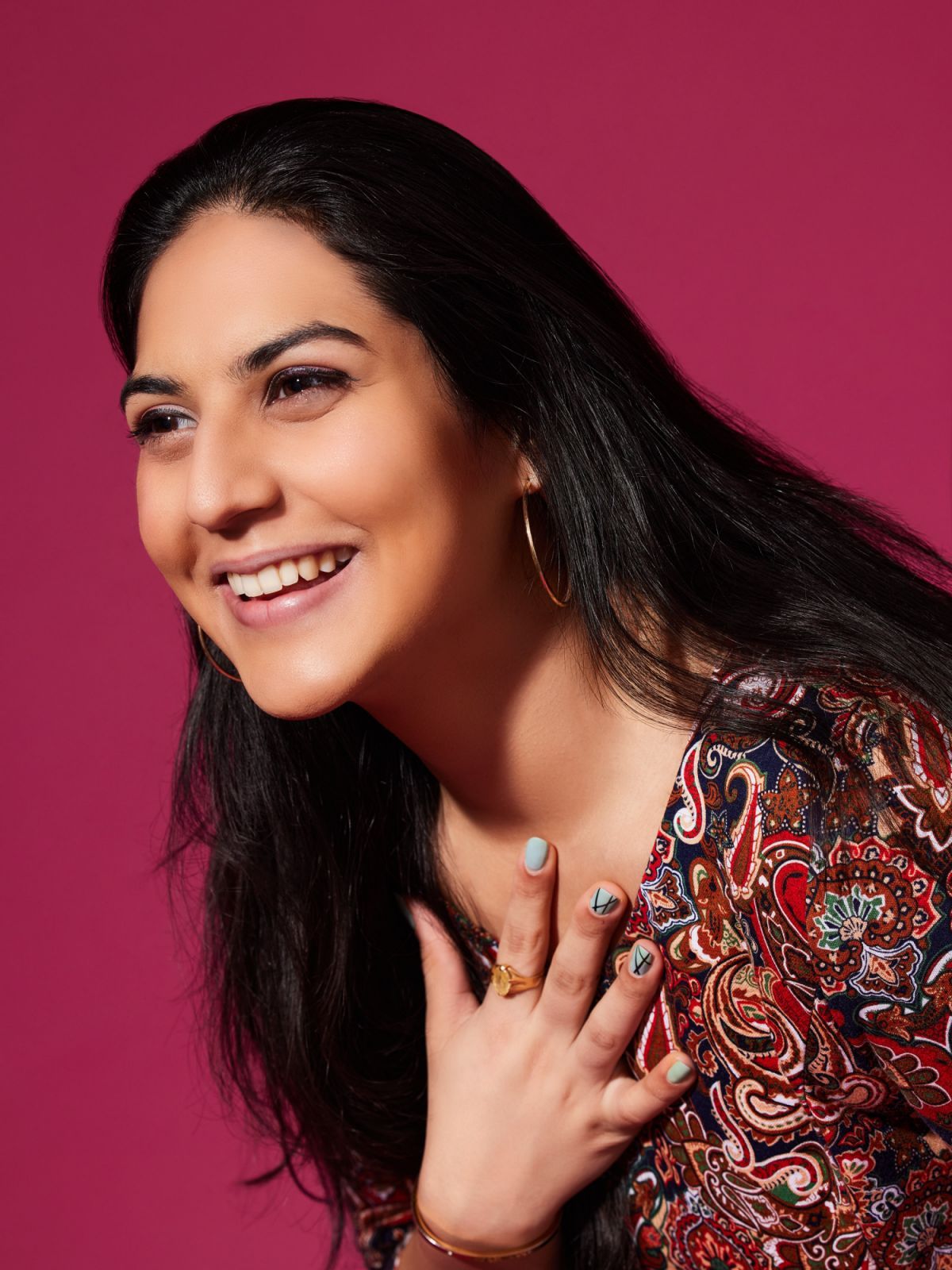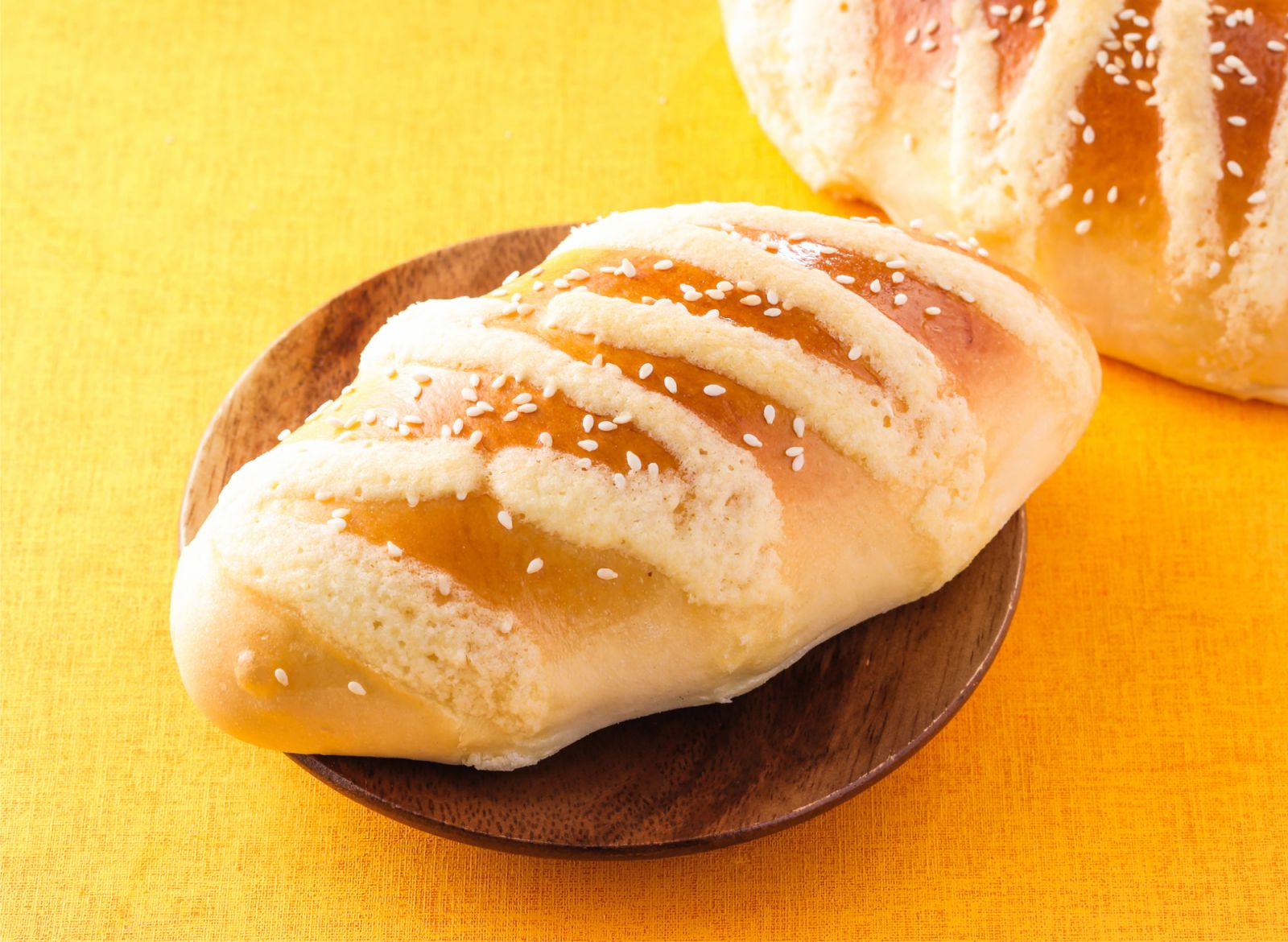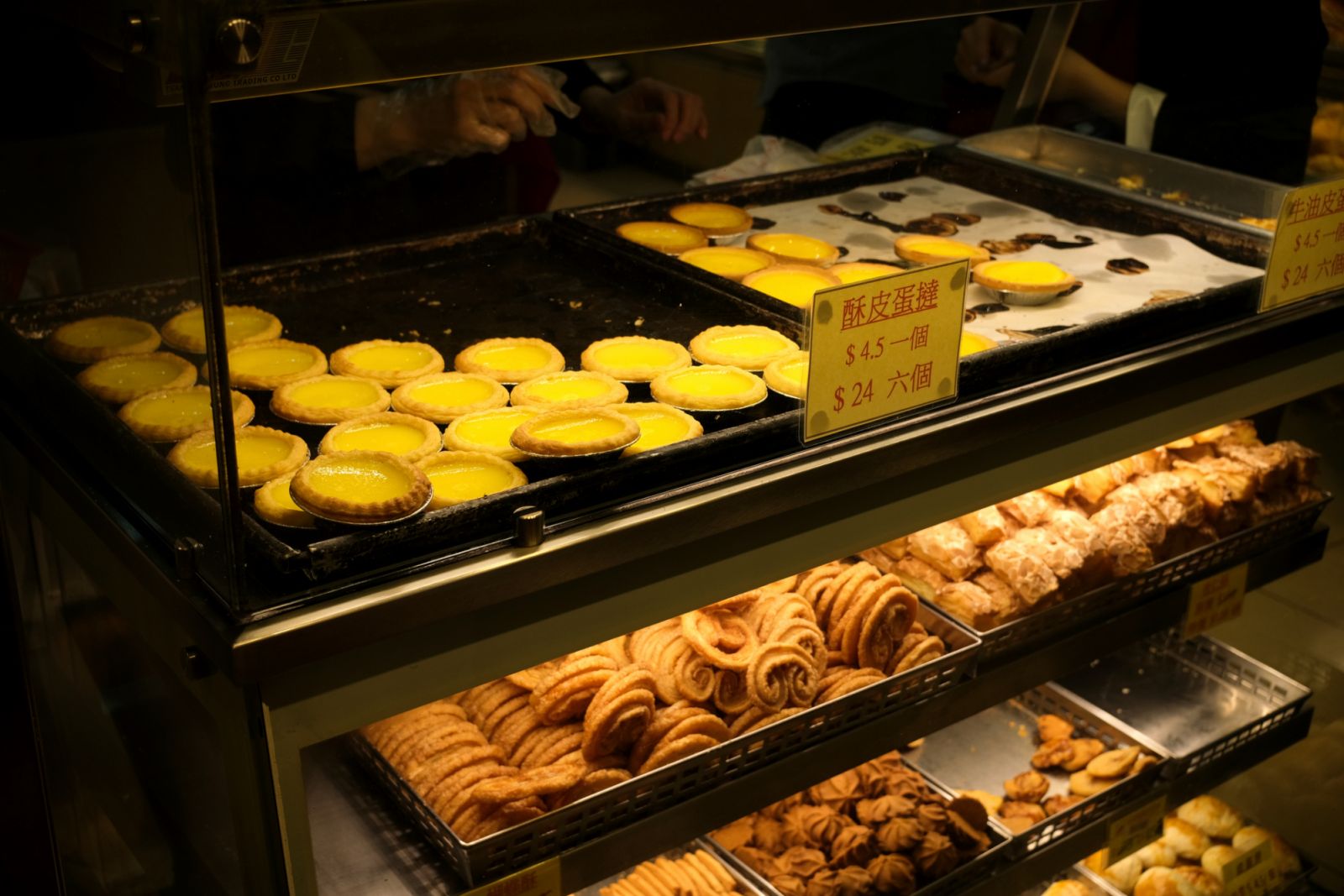Breer’s CEO Anushka Purohit announces the launch of its first non-alcoholic beer made with surplus cocktail buns, a classic Hong Kong pastry
On International Beer Day, Hong Kong craft beer company Breer launches its first non-alcoholic beer made with leftover cocktail buns, one of the city’s signature pastries. This is in response to growing consumer demand for healthier drinks.
Co-founded in 2022 by Anushka Purohit, Breer has worked with local bread manufacturer and restaurant group Maxim’s to produce beer from its surplus bread. The resultant beers include a classic pale ale and flavoured options such as pineapple bun and hibiscus sour.
“In the last one and a half years, Hong Kong has seen a growing trend of consumers moving towards non-alcoholic products. Hong Kongers are generally healthy or are seeking healthy lifestyles; alcohol is generally considered unhealthy,” says Purohit, who serves as Breer’s CEO.
Read more: CEO Anushka Purohit’s food upcycling startup Breer makes beer out of leftover bread


The rise and rise of buzz-free beers
More consumers worldwide are demanding alcohol-free beverages. According to Statista, the estimated global sales of non-alcoholic beer was US$34.2 billion in 2023. It is projected to reach US$51.2 billion in five years.
Experts noted that the Gen Z cohort tends to be cautious and hesitant to consume alcohol due to concerns about its potential negative impacts including its cost, loss of control and related health issues. As such, this generation is less likely to turn to drinking to relieve stress, according to business and analytics firm Kantar.
In recent years, there has also been a “sober conscious movement” of people cutting down on alcohol consumption or quitting drinking entirely. According to a 2022 report by the Food Institute, adults who reduce their alcohol intake are more likely to prioritise their overall wellness, including improving health, managing weight and avoiding hangovers.
Buzz-free beers are not a new phenomenon. The first of its kind can be traced back to 5,000 BC while the first commercially available non-alcoholic beer in modern times is said to be the German beer Clausthaler, which launched in 1979.
In the current millennium, the growing popularity of non-alcoholic beers can be attributed to the growing buying power of Zoomers. Reports have also shown that they spend more money than previous generations. Catering to this new wave of consumers, Carlsberg introduced its first zero-alcohol beer in 2015 and Heineken followed with their own version four years later. Both brewing giants have also announced plans to expand their range of drinks with low and no alcohol levels.
Read more: This shop tackles food waste while making groceries more affordable





